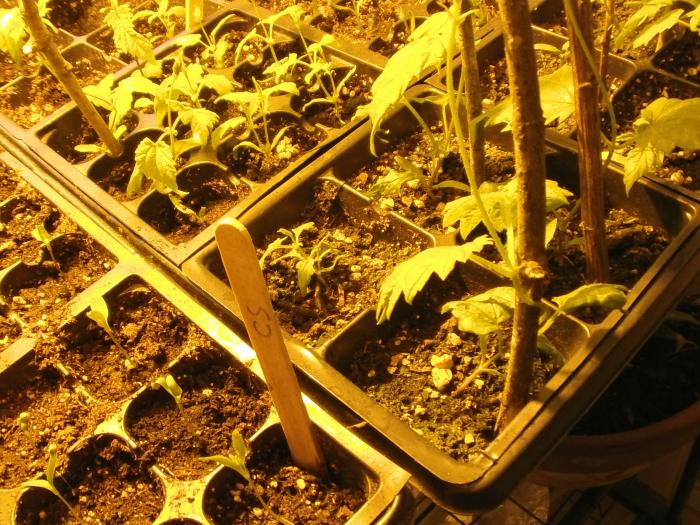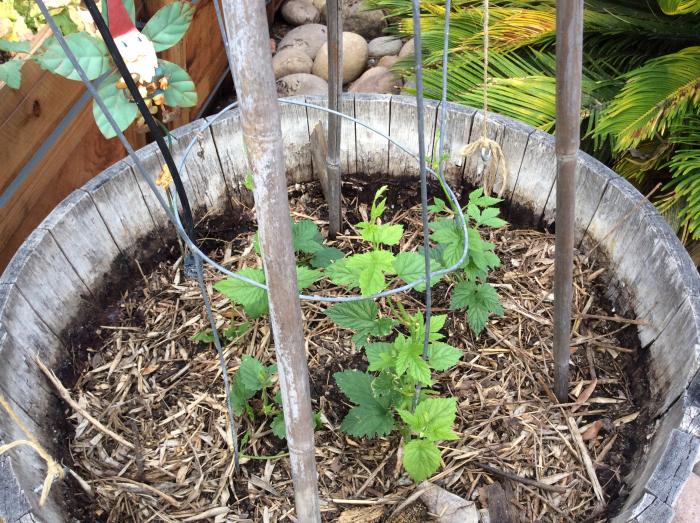brewerelated
Well-Known Member
Would ethanol work post germination or is that something that you have to do prior to germination?
How about Isopropyl alcohol? would that work is the alcohol percentage too low or is the alcohol type not as effective?
One more question. Once seeds start to germinate about how long after should you see true leaves?
How about Isopropyl alcohol? would that work is the alcohol percentage too low or is the alcohol type not as effective?
One more question. Once seeds start to germinate about how long after should you see true leaves?





